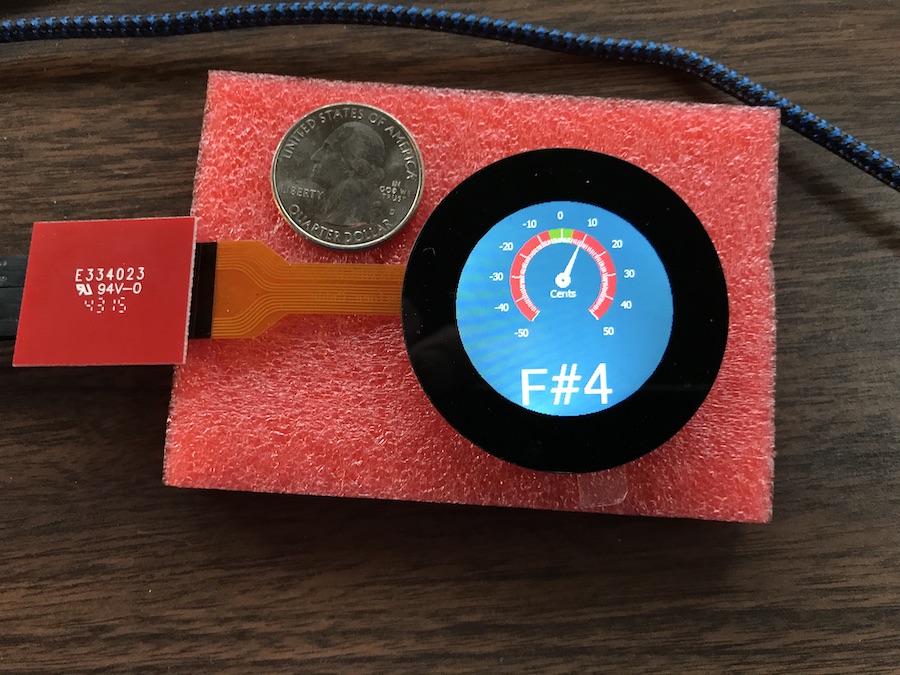"I have never quite understood what the units are for the loop gain." - Channel Road Amps
This is something I really puzzled over too when first getting into PLL design. The units are phase, with the loop correcting phase error with negative feedback. Probably the most confusing operator in the loop is the oscillator, which takes frequency as an input and kicks out phase. Phase is the time integral of frequency, so the oscillator acts like an integrator.
"Suppose the loop gain is -2, and I measure a phase error of +10 degrees. Does that mean I would apply a frequency correction that would change the phase error by -20 degrees, to -10? (If so, it would be unstable, of course.) Or am I misunderstanding the concept?"
The loop gain has to be negative and less than one, otherwise it will be unstable. Using your example: if the loop gain is -0.5 then the +10 phase error is reduced to 10 + (-0.5 * 10) = 5. On the next evaluation of the loop the error will be 5 + (-0.5 * 5) = 2.5, on the next it will be 1.25, etc. until at infinite time it is zero. If you plot this it looks like a stepped first order low pass filter RC type response. The -3dB point is directly dependent on the loop gain and how often you update the loop calculations: lowering the loop gain will lower the cutoff frequency and increase stability, updating the loop more often will increase the cutoff frequency.
Also, phase locking to a resonating LC is somewhat different than phase locking to an external frequency input. The main difference is that there can never be a frequency difference, only a phase difference, between the I/O. What this boils down to is you don't need - or even want! - a full-blown PID controller. The P (proportional to error) feedback will introduce sticky spots in your field. Normally two integrators in a row are unstable (explicit phase error integration and the oscillator) but in this case it is stable and exactly all you need. So we find the phase error with an XOR gate, use this to count up and down (integrate) depending on the XOR output, right shift it to attenuate it (set the bandwidth and stability), and feed this to the oscillator (NCO). Easy peasy in concept.
"Thanks for explaining the trick for measuring the voltage swing. I assume you use a thin wire so that it doesn't act so much as an extension of the antenna."
This is something I'm currently struggling with. For high voltage fields I think it's necessary to string several capacitors in series, with as long leads as possible to put distance between them. Maybe 5x 4.7pF in series, or even 10x 10pF to be extra sure, leading to the final 100pF or 1000pF going to ground. Mount it in a small diameter tube to make a DIY high voltage AC probe. Maybe exponentially space the caps?
"Is it possible to make a 1 pF leaded capacitor that is really 1 pF in practice?"
For low voltages, I believe so. For higher voltages it doesn't really work because the external field overwhelms the bulk C. Same for large resistors.
"The pitch field can be stretched or shrunk by the leftmost knob. I am trying to follow Carolina Eyck's theremin method, so the default makes one octave correspond to the change from her low note position (closed hand, tipped back) to her high note position (open hand). (This has required me to unlearn my original playing technique, unfortunately.) By turning the knob, you can stretch or shrink the pitch field in increments of ¼ inch per octave, while keeping it linear."
Ohh, fascinating! I can't imagine an argument for higher sensitivity (shrunken pitch field) then the rather high (IMO) invariant sensitivity of the analog Theremin on which all playing methods have been necessarily based, but I wonder if there is a (TBD) method most would find more ideal with lower sensitivity?


